
The numbers don't lie. Global automotive eCommerce reached $100.14 billion in 2024, showing just how massive this market has become.
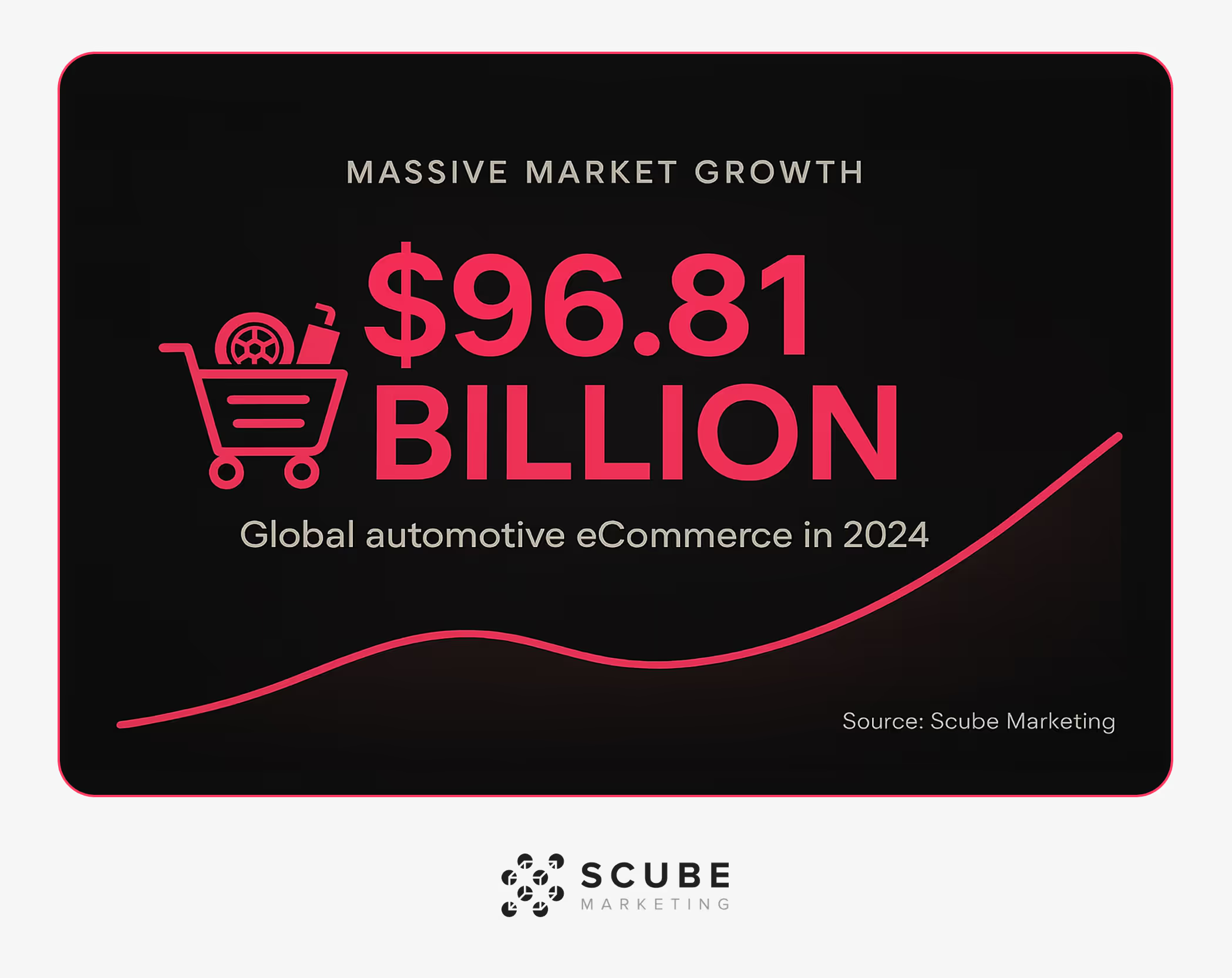
I've spent years helping auto parts retailers build marketing strategies that drive real results. One thing becomes clear with every client: selling brake pads and exhaust systems online demands a different approach than selling shoes or smartphones.
Why? Auto parts buyers follow a unique journey. They need absolute certainty about compatibility. They often research extensively before purchasing. The stakes feel higher when vehicle safety is involved.
In this guide, I'll show you how to build a content marketing funnel specifically designed for auto parts eCommerce. We'll explore each stage of the customer journey with data-backed strategies that convert browsers into buyers.
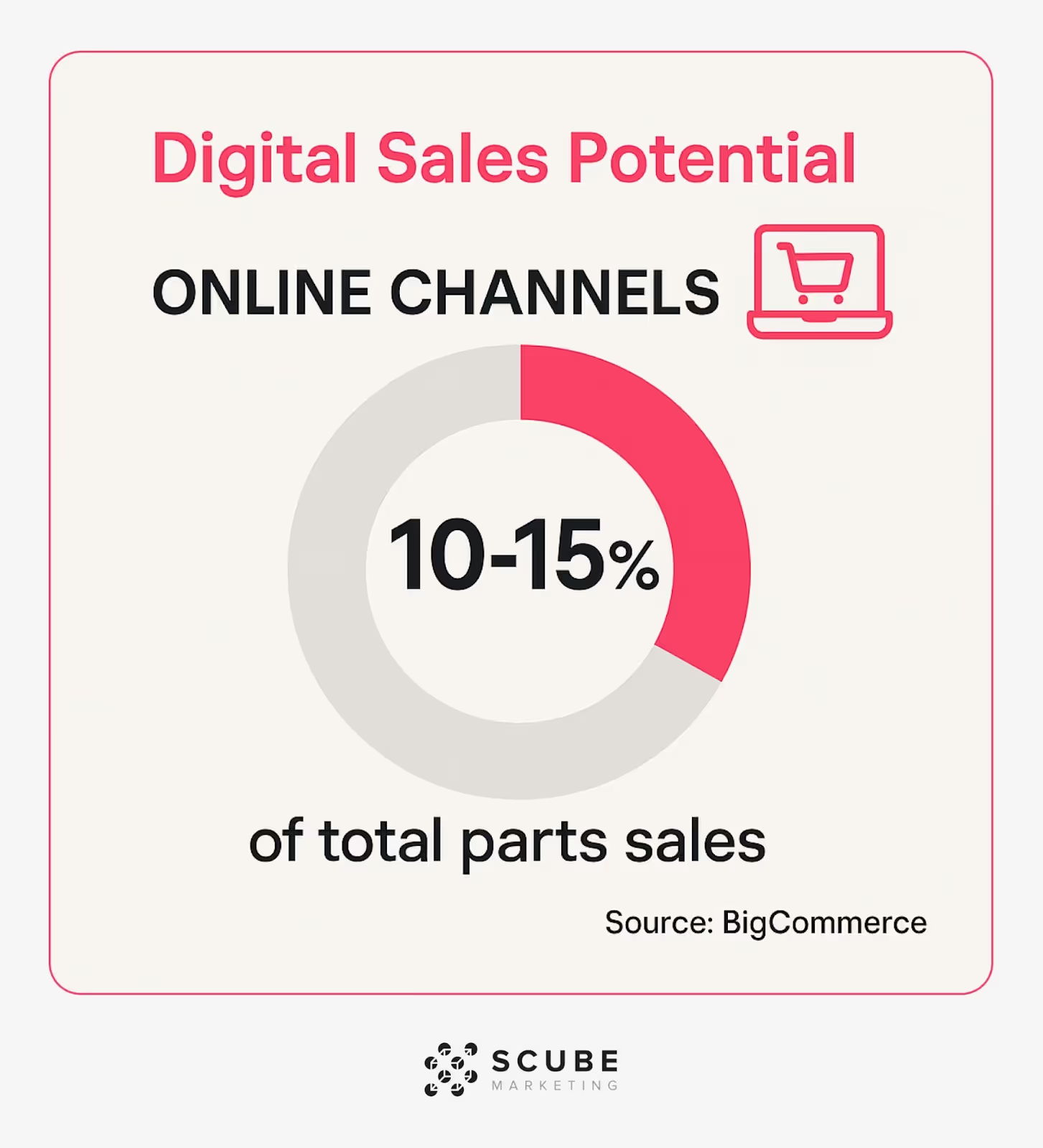
Online channels now represent 10-15% of total parts sales, creating massive opportunities for retailers who understand digital marketing. (Source: BigCommerce)
What makes this market particularly exciting is its consistent growth trajectory. The top 38 online auto parts retailers generated $9.13 billion in revenue in 2023 alone, demonstrating the substantial market potential. (Source: Globe Newswire)
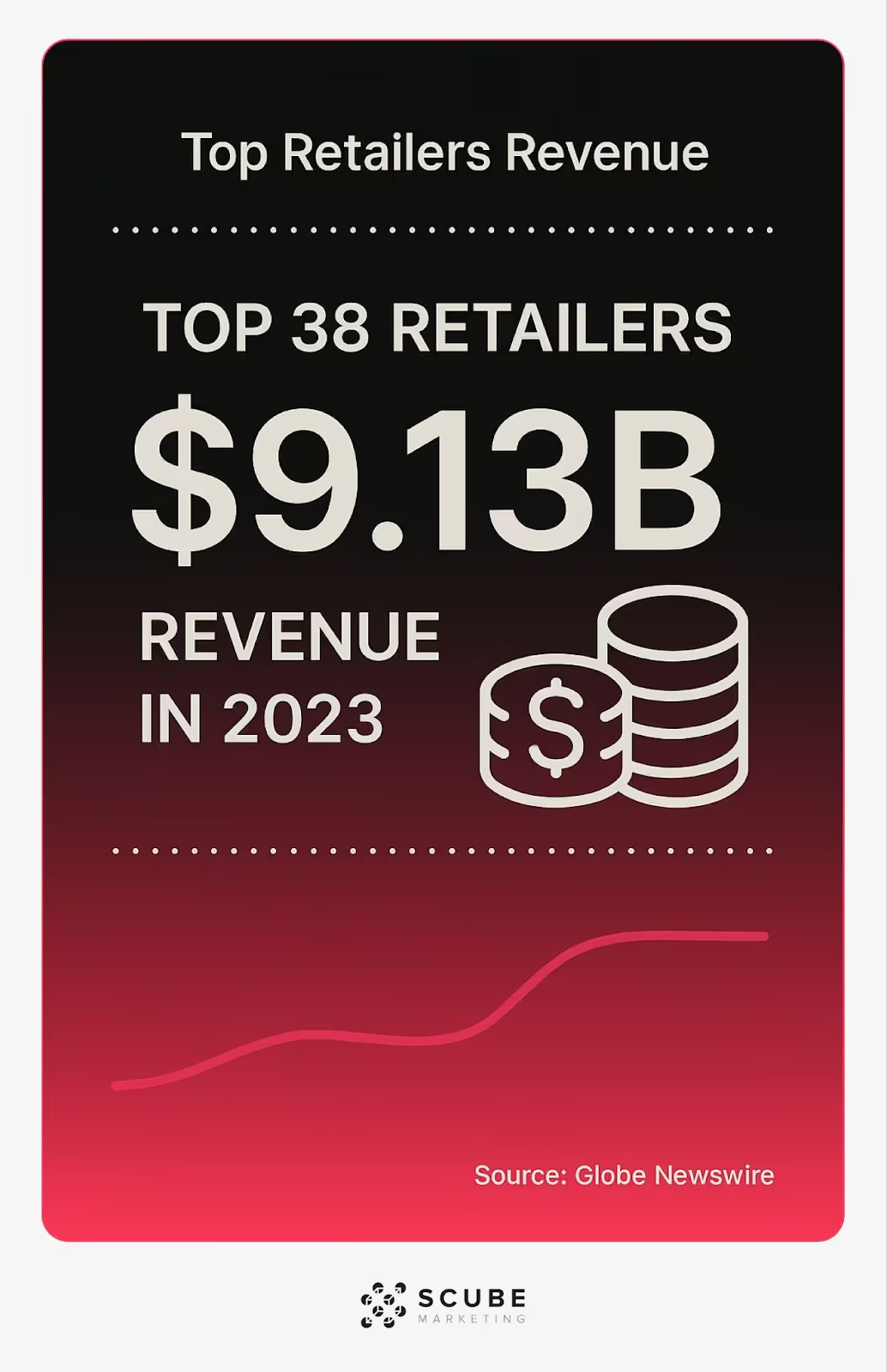
This sector isn't just big—it's growing rapidly. The market is projected to expand at a 17% CAGR through 2025, far outpacing many other retail categories. (Source: Globe Newswire)
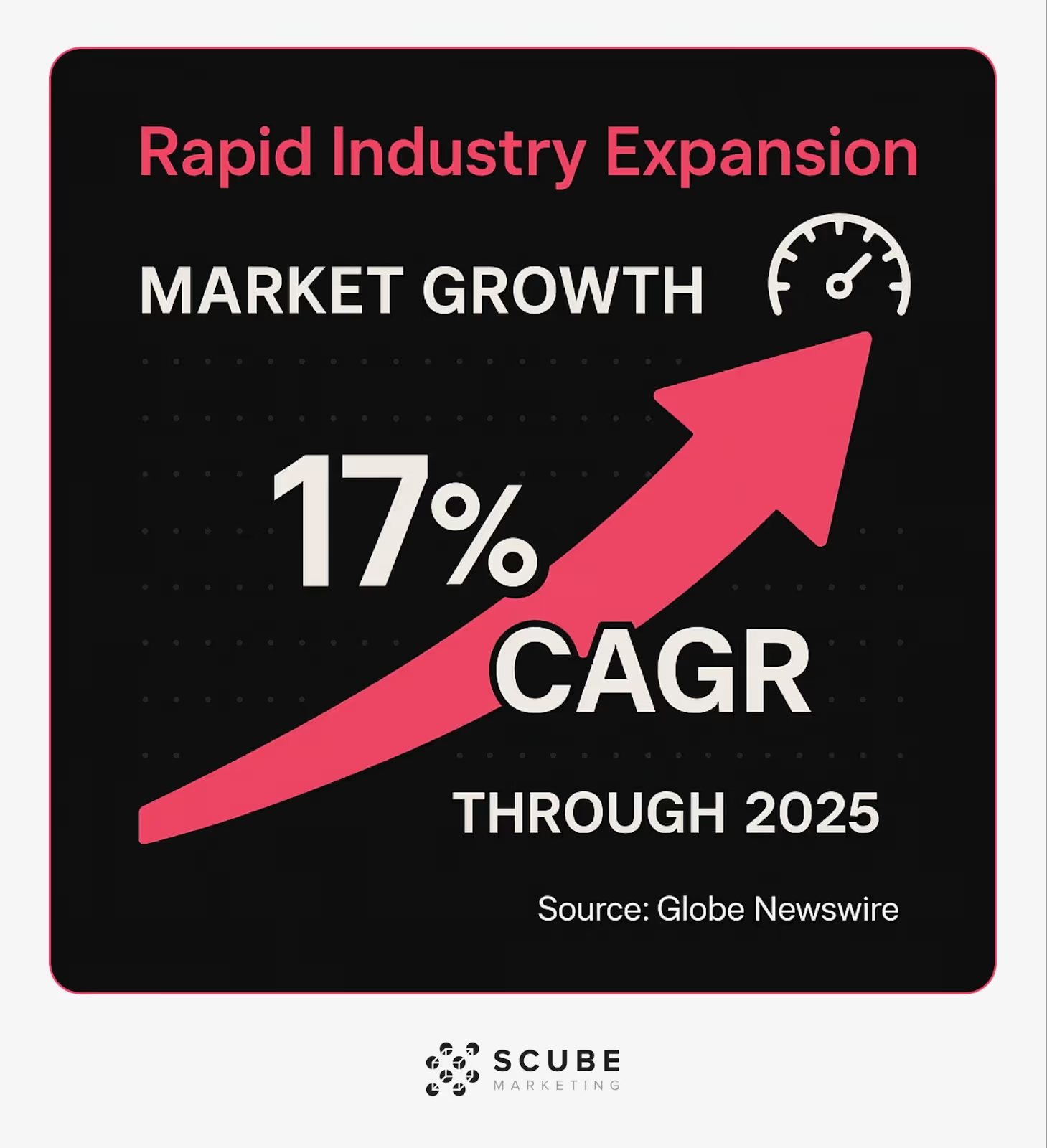
Despite this opportunity, many auto parts retailers struggle with digital marketing. Their content rarely addresses the specific concerns auto parts buyers have. Generic product descriptions fail to answer critical fitment questions. Blog posts discuss general automotive topics without connecting to purchase decisions.
This gap creates a perfect opportunity for retailers who build strategic content marketing funnels designed specifically for auto parts buyers.
A content marketing funnel guides potential customers through their buying journey. For auto parts, this journey has distinct characteristics worth understanding.
Unlike impulse purchases, auto parts buying typically follows a deliberate process. Customers need to feel confident about compatibility, quality, and value before committing. Your content must address these concerns at each stage.
Let's break down the fundamental stages of an auto parts content marketing funnel:
The most successful auto parts retailers create content that matches each stage of this journey. They understand that a customer who just noticed their check engine light has different informational needs than someone ready to purchase a specific sensor.
Now, let's explore each funnel stage in detail, examining the specific content strategies that drive results for auto parts eCommerce.
At the top of your funnel, potential customers aren't searching for your brand—they're searching for solutions to problems. Your awareness-stage content needs to meet them at this point of need.
.avif)
Auto parts Google Ads have a click-through rate ranging from 2.69% to 11.41%, significantly higher than many other industries, showing the effectiveness of targeted advertising in this space. (Source: EIN Presswire)
One interesting data point: vehicle sale ads achieve an 8.77% CTR compared to repair and parts ads at 5.91%, suggesting room for optimization in parts marketing content. (Source: EIN Presswire)
The most effective awareness-stage content addresses common vehicle problems rather than immediately pushing products. Your goal here is establishing your brand as a trusted resource.
These content types consistently perform well at the awareness stage:
When creating awareness-stage content, focus on addressing the problem first, mentioning products second. This builds trust while naturally introducing your solutions.
Budget allocation matters at this stage. The average cost per click for auto parts ads ($3.39) exceeds that of vehicle sales ads ($2.34), making efficient targeting essential for profitability. (Source: EIN Presswire)
Given these costs, your awareness content should focus on high-margin categories or parts with strong reorder potential. This approach maximizes the lifetime value of each customer you acquire.
I've seen the best results when clients develop comprehensive awareness content strategies that address specific vehicle problems rather than generic automotive topics.
Once potential customers are aware of your store, your content needs to shift toward helping them evaluate solutions. At this stage, what does the customer journey look like for auto parts shoppers?
The good news: auto parts eCommerce enjoys a surprisingly high conversion rate of 12.61%, compared to the broader industry average of just 2-4%. (Source: EIN Presswire)
This suggests that once customers enter the consideration phase for auto parts, they're relatively likely to purchase if their questions are answered effectively. Your consideration-stage content should focus on answering those critical questions.
For auto parts, the biggest consideration-stage question is almost always: "Will this part fit my vehicle?" Content that fails to address this concern will struggle to convert, regardless of other factors.
Effective consideration-stage content must make compatibility information central to the experience. This includes:
At this stage, cost per lead becomes a critical metric. Auto parts businesses see a cost per lead of $27.94, compared to $42.95 for vehicle sales—a significant advantage when properly leveraged. (Source: EIN Presswire)
Beyond compatibility, consideration-stage customers need educational content that helps them understand differences between options. This content should:
This educational content serves two crucial purposes: it helps customers make informed decisions while positioning your store as a trusted advisor rather than just a parts supplier.
At the bottom of your funnel, customers understand their problem and know the general solution—they just need the final push to make a specific purchase decision. Your conversion-stage content should focus on removing final purchase barriers.
The auto parts industry has a customer acquisition cost (CAC) averaging $78, making conversion optimization particularly important for profitability.
These content elements have proven most effective at driving conversions for auto parts eCommerce:
The most successful auto parts retailers ensure these elements appear directly on product pages, not buried in separate sections of the site.
For maximum conversion impact, ensure your content clearly communicates your value proposition, particularly around your target ROAS (return on ad spend) of 300-500% and your ability to meet the industry benchmark of 48-hour fulfillment.
One particularly effective approach is creating content that directly addresses common purchase objections:
By directly addressing these concerns in your product descriptions, comparison tables, and supporting content, you remove the final barriers to purchase.
The funnel doesn't end at purchase. In the auto parts business, retention is particularly valuable since vehicle owners typically need multiple parts over time. Your post-purchase content strategy can dramatically impact customer lifetime value.
Implementing comprehensive fitment data can reduce return rates by 30%, directly improving profitability while enhancing customer satisfaction.
The most effective retention-focused content includes:
This content not only improves customer satisfaction but also naturally introduces opportunities for additional purchases.
Auto enthusiasts often have strong community ties. Smart retailers leverage this by creating content that facilitates community building:
These community-building approaches create stronger customer relationships than transactional interactions alone. They transform customers from one-time buyers into brand advocates.
To optimize your auto parts content marketing funnel, you need to track the right metrics at each stage. These benchmarks can help you assess performance and identify improvement opportunities.
When setting goals based on these benchmarks, remember that metrics vary based on your specific auto parts niche, price points, and target audience. Use these figures as starting points, then refine based on your actual performance data.
For more insights on how to track these metrics effectively, explore our guide on what you can and should measure in Google Analytics for complete funnel visibility.
Implementing an effective content marketing funnel requires the right tools. Based on my experience with dozens of auto parts retailers, these resources deliver the best results:
The foundation of your content marketing funnel is, of course, the content itself. These tools help create and manage effective auto parts content:
When selecting tools, prioritize those that integrate with your existing eCommerce platform. This integration ensures your content marketing efforts connect directly to your product catalog and customer data.
How should you allocate resources across your content marketing funnel? This distribution has proven most effective for auto parts retailers:
This allocation recognizes that in the auto parts industry, conversion-stage content often directly impacts purchase decisions, while awareness content typically requires more time to generate return.
Now that you understand the components of an effective auto parts content marketing funnel, how do you implement it? This phased approach has proven most effective for clients I've worked with:
Start by creating the core elements of your funnel:
This phase focuses on the bottom of the funnel first, ensuring you convert existing traffic effectively before investing heavily in awareness content.
With your foundation in place, expand your content coverage:
This phase fills out your funnel's middle sections, helping guide more visitors toward purchase decisions.
With a complete funnel in place, focus on optimization:
This phase uses performance data to refine your approach, focusing resources on the highest-impact opportunities.
Even well-intended content marketing efforts can fall short. Here are the most common mistakes I see auto parts retailers make:
The most damaging mistake is treating auto parts content like general eCommerce content. The technical nature of automotive components demands more specialized information at every funnel stage.
When metrics show declining performance, don't immediately abandon your strategy. Instead, use these targeted approaches:
Often, small adjustments to existing content can yield significant improvements without requiring complete restructuring of your funnel.
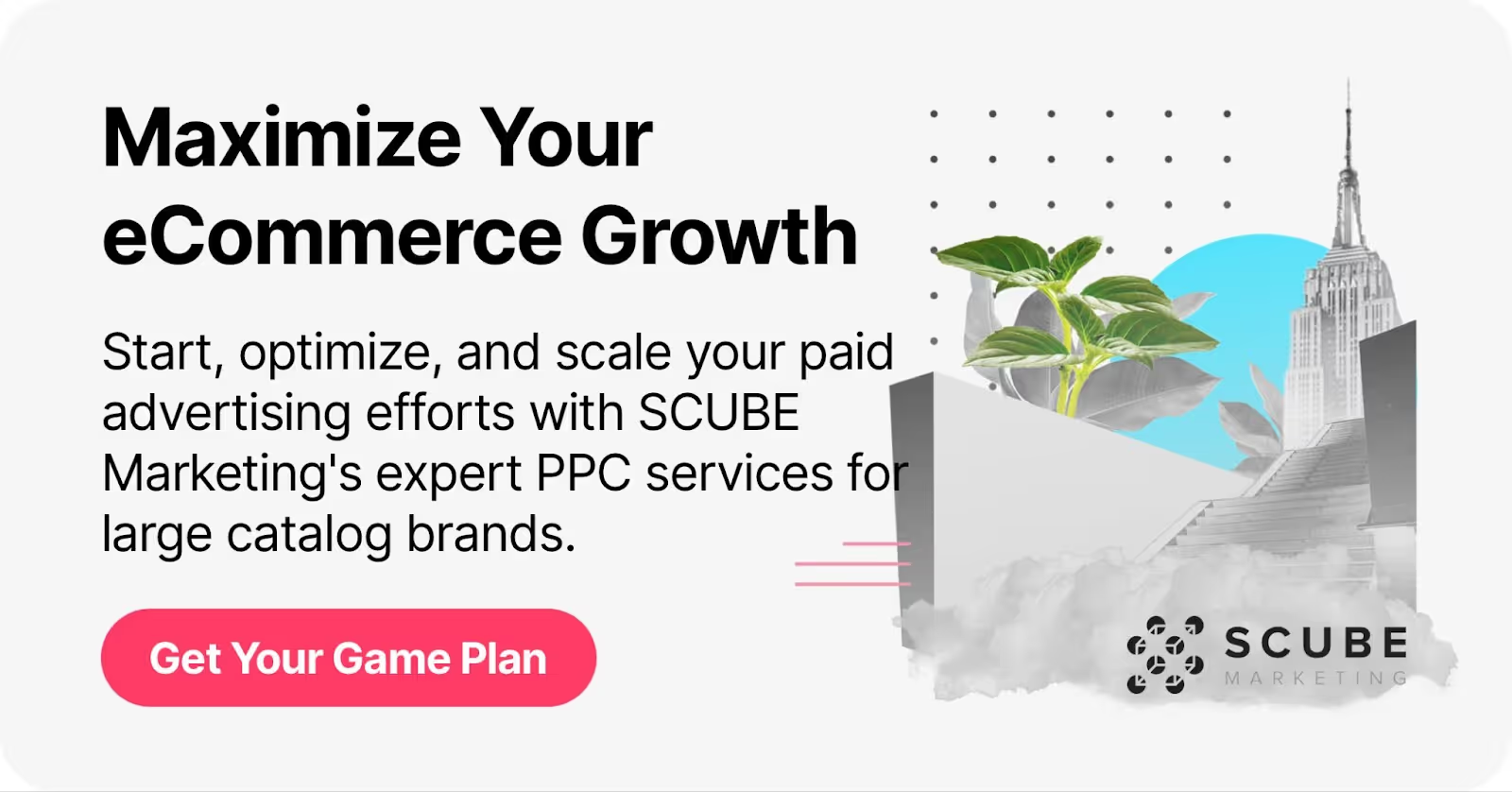
Building an effective content marketing funnel for your auto parts eCommerce business isn't just about creating more content—it's about creating the right content for each stage of the customer journey.
From awareness-building content that addresses common vehicle problems to detailed consideration resources that answer technical questions, each piece of your content strategy should guide potential customers one step closer to purchase.
Ready to transform your auto parts content marketing? Start with these steps:
With the right approach to content marketing, your auto parts eCommerce business can outperform the competition at every stage of the customer journey. The results will show not just in traffic numbers, but in the metrics that matter most: conversion rates, average order value, and customer lifetime value.
If you've found this guide helpful, you might also want to explore our detailed resource on how to sell auto parts online, which provides additional tactical guidance for eCommerce success in this competitive industry.